
North Carolina Bug Identification: Flies
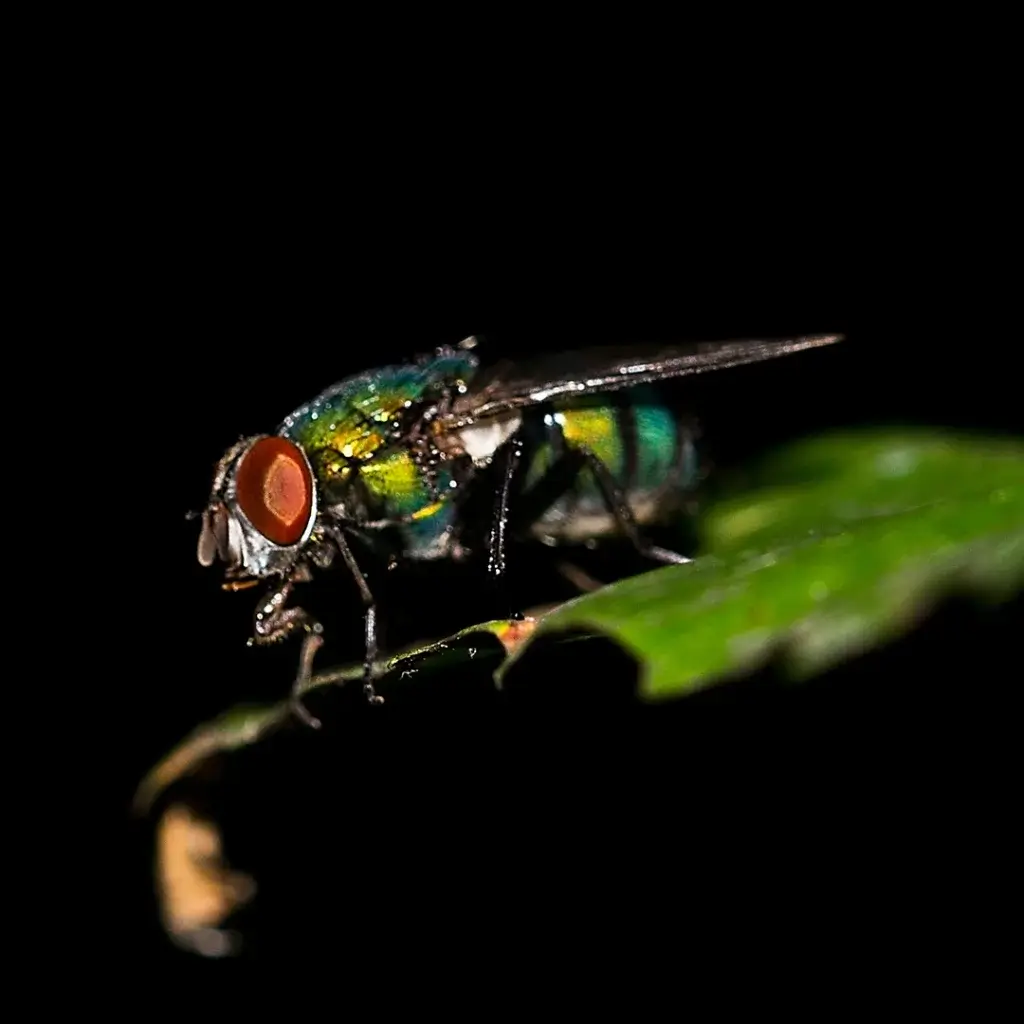
Bug Identifier: Know Your Flies
Flies in North Carolina can be found in a wide range of habitats, from forests and meadows to urban areas. And while some flies are considered pests due to their role in disease transmission (or just their general ability to annoy), many are essential for ecosystem functioning. They serve as pollinators, decomposers, and prey for other wildlife.
Being able to identify the most common types of flies in North Carolina can help you better appreciate all they do for us – and keep the nuisances to a minimum.
Fly Identification in North Carolina
North Carolina is home to a diverse array of wildlife, and that includes a wide variety of fly species. Flies are characterized by their two wings, as opposed to four wings found in many other insects.. These wings are often clear and membranous, although some species may have distinctive wing patterns.
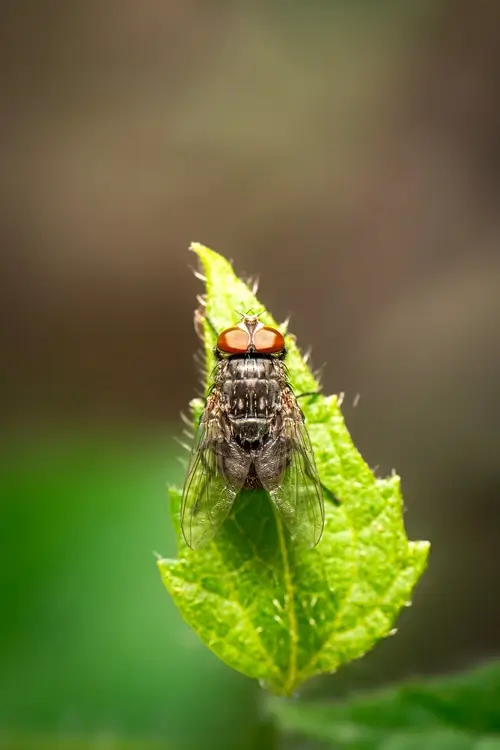
Housefly
The common housefly is a familiar sight across North Carolina. These flies are medium-sized and typically grayish-black with four dark stripes running along their thorax, and distinctive bristle-like hairs on the upper side of their thorax. House flies are known for their annoying buzzing sound and their tendency to infest homes and food storage areas.
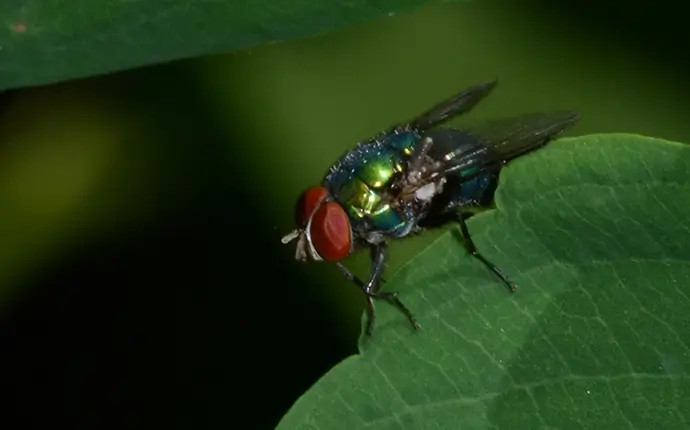
Blowflies
Blowflies are often metallic blue or green, and they have a distinctive shiny appearance. These flies are commonly found around decaying organic matter, such as dead animals or rotting food.
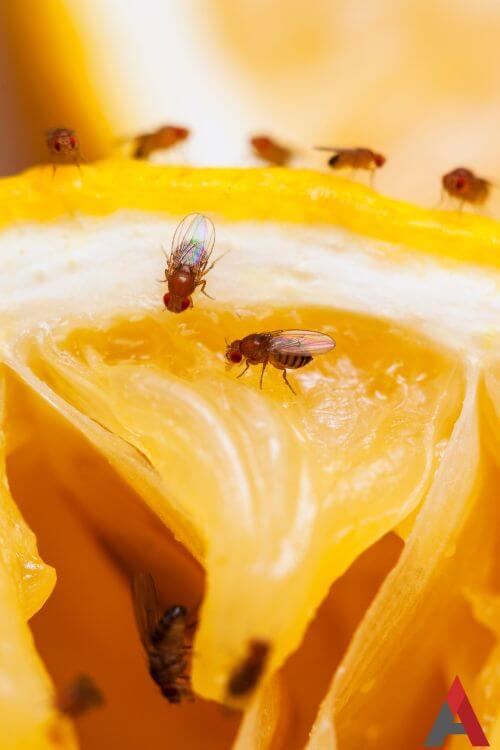
Fruit Flies
Fruit flies are very small, typically about 1/8 inch in length. They are usually tan or yellow with red eyes and are frequently attracted to overripe fruits and vegetables.
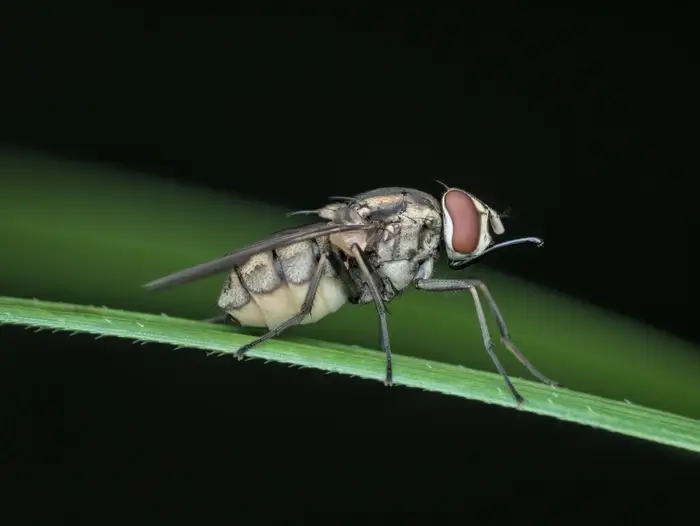
Stable Flies
Stable flies resemble the common house fly but are slightly larger. They have a painful bite and are known to feed on livestock and humans. Stable flies are often found near animal facilities and areas with decaying vegetation.
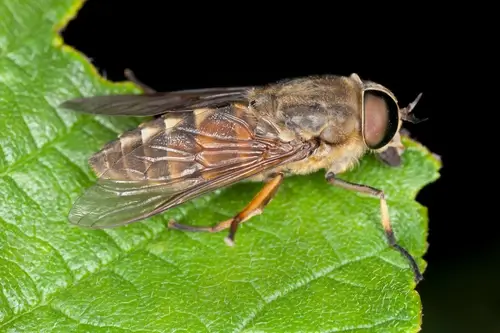
Horse Flies
Horse flies are larger flies with stout bodies, patterned wings, and large, often colorful eyes. They are known for their painful bites, which can be quite bothersome to livestock and humans.
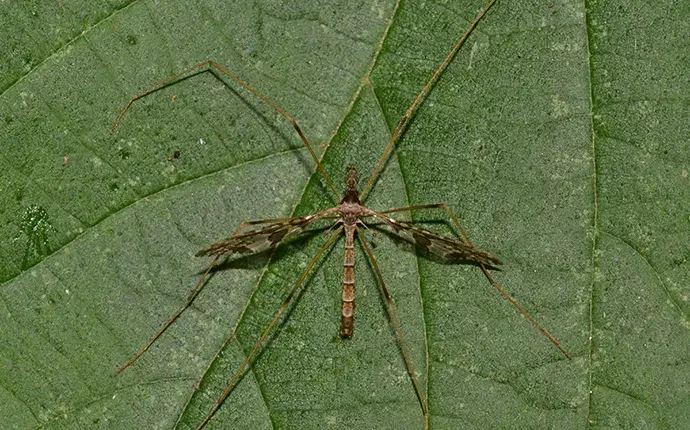
Crane Flies
Crane flies are often mistaken for large mosquitoes but are harmless to humans as they do not bite. They have long, slender bodies and exceptionally long legs.

What Attracts Flies
Flies are attracted to a variety of stimuli, primarily driven by their innate survival instincts and reproductive needs. Those attractants include:

Odors
Flies are highly sensitive to odors, particularly those associated with decomposing organic matter. They are drawn to the scent of rotting food, animal carcasses, and feces. These odors signal potential food sources and breeding sites.

Moisture
Flies require water for their survival and reproduction. They are attracted to moist or damp environments, such as standing water, damp soil, or areas with high humidity. These conditions are conducive to egg-laying and larval development.

Food Sources
Flies are primarily scavengers and are attracted to a wide range of organic materials, including overripe fruits, sugary substances, and decaying organic matter. They feed on these substances to obtain nutrients.

Heat and Light
Some fly species are attracted to heat and light sources. This behavior can be observed in houseflies, which may congregate near windows on sunny days or around artificial lights at night.

Colors and Visual Patterns
Certain flies, like fruit flies, are attracted to specific colors and patterns. They are known to be attracted to brightly colored fruits and vegetables, which they perceive as potential food sources.

Body Heat and Sweat
Some fly species, such as biting flies and mosquitoes, are attracted to the heat and scent of warm-blooded animals, including humans. They may even bite to obtain blood for nourishment.
How to Keep Flies Away
If you’re struggling to keep flies away, don’t give up just yet! There are some tried-and-true tips that can keep these pests at bay:
Keep it Clean
Flies are attracted to food and organic matter, so keep your home and surroundings clean. Regularly clean up crumbs, spills, and food residue.
Seal Food and Trash
Store food in airtight containers or in the refrigerator to prevent flies from accessing it. It’s also a good idea to ensure that trash cans have tight-fitting lids and are cleaned regularly to eliminate odors that attract flies.
Cover Food and Drinks
When dining outdoors or leaving food and drinks out, cover them with lids, cloths, or mesh screens to prevent flies from landing on them.
Fix Leaks
Flies are also attracted to moisture and damp areas. Repair any leaks in your home to eliminate breeding grounds for flies.
Use Fly Screens and Fly Traps
Install fly screens on doors and windows to keep flies out while allowing fresh air to circulate. You can also place fly traps or fly paper near areas where flies tend to congregate. These traps attract and capture flies.
Use Natural Repellents
Consider using natural fly repellents such as essential oils like citronella, eucalyptus, or lavender. These can be used in diffusers or as sprays around your home.
Some plants like basil, mint, and marigolds can naturally repel flies. Consider planting them near outdoor seating areas.
Professional Pest Control
If you have a persistent fly problem, consider hiring a professional pest control service to assess and address the issue.
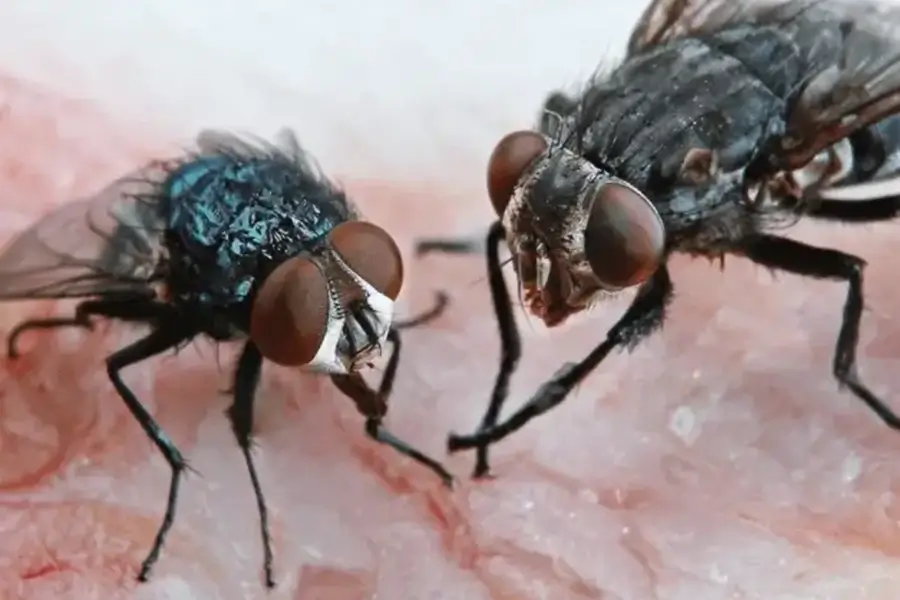
Facts About Flies

Diseases that Flies Transmit
Flies have been known to transmit a variety of diseases. Those include salmonella, E. coli, cholera, dysentery, typhoid fever, and hepatitis A.

House Flies Live On an Entirely Liquid Diet
That’s right: Since these flies don’t have mouths—and therefore no ability to chew—they have to liquidize all their food, transforming it to allow them to drink and digest it.

Flies Taste with Their Feet
Some flies have taste buds on their feet. This means they can quickly taste any food they land on, and immediately escape for self preservation if they spot a predator.

Flies Can See Behind Them
A flies' compound eyes provide them with nearly a 360-degree field of vision—allowing them to see behind themselves.
FAQ
Are flies dangerous?
Flies are known to spread more than 100 pathogens and parasites to humans. That’s probably because they’re frequent visitors of trash cans, piles of rotting food, decaying animals, and manure. They pick up bacteria and parasites on their bodies and legs and transfer them to kitchen counters and other surfaces as well as directly to food. Some flies also liquefy solid foods by regurgitation, leading to even more contamination and disease.
Why do I have a fly problem?
Flies are often attracted to properties that offer easy access to food sources and areas to lay their eggs on. If you’re property has any of the conditions mentioned below, then you’re likely to have a fly problem.
- Garbage that has not been placed in containers with locking lids
- Open beverage containers
- Easy access to food inside
- Dirty or clogged drains
- Moist organic materials like open compost piles
- Animal feces
- Fruits and vegetables that have fallen to the ground and have not been cleaned up
- Safe hiding spots where they can overwinter
How do you get rid of flies?
If you’re fighting flies in your home or business, it’s time to reach out to A-1 Pest Control. We have the knowledge and tools to identify and treat fly infestations, no matter how severe. Contact us today to learn more about our fly control solutions!
How do you prevent flies?
The best way to prevent fly problems is to correct the conditions that are attracting them to your property. Here are a few fly prevention tips from our team:
- Eliminate potential water sources by fixing leaky outdoor pipes or fixtures and make sure that gutters are working properly to direct water away from the outside of your home.
- Empty trash cans frequently and secure outdoor garbage cans with tight-fitting lids. If you have a dumpster, do not fill to overflowing and do not place crates, boxes or other trash outside of it.
- Harvest fruits and vegetables and remove any that have fallen to the ground.
- Do not let pet feces accumulate outside.
- Replace or repair screens covering doors and windows.
- Seal any holes or openings on the exterior of the structure.
- Ask A-1 Pest Control about year-round pest control services.
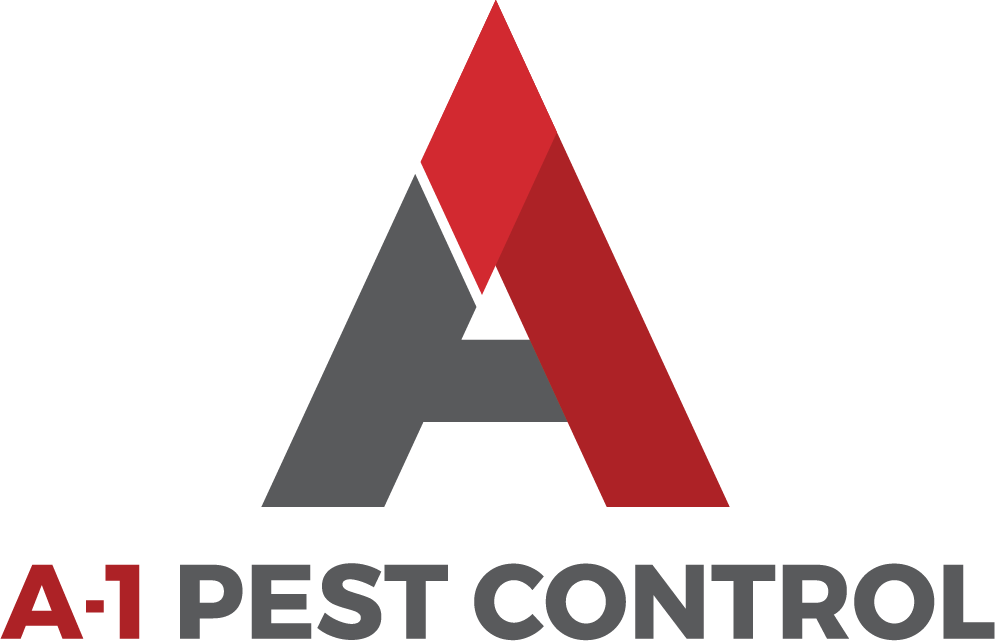
About A-1 Termite Control
If you’re looking for pest control in North Carolina, A-1 Pest Services has you covered, from fly prevention to extermination. Our family owned and operated company has been taking care of our community for over 50 years, with pest control plans that tackle everything from ticks to termites to nearly any pest you can think of. Our commitment to quality work and continued education has set us apart for decades, and we are proud to help our neighbors create happier, healthier homes.
We serve Lenoir, Mooresville, Hickory, Blowing Rock, West Jefferson, and surrounding areas in North Carolina.

